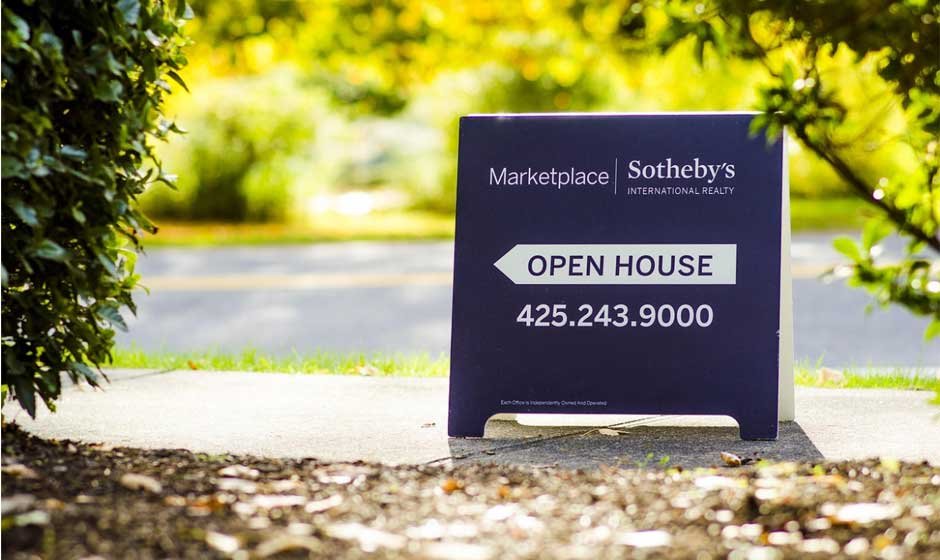Political campaigns rely heavily on social media, email marketing, and professionally printed materials. Traditional tools like campaign yard signs continue to play a crucial role, especially at the local level. These signs may seem simple, but they offer visibility, community presence, and constant reinforcement of a candidate’s name. Far from being outdated, yard signs effectively complement digital and print marketing by building trust, increasing recognition, and unifying a campaign’s message. When used strategically, they help bridge the gap between online engagement and real-world voter influence.
Enhancing Name Recognition at the Local Level
For candidates running in local elections, building strong name recognition is one of the most essential components of a successful campaign. Yard signs placed throughout neighborhoods help ensure that voters repeatedly see and remember the candidate’s name. These visual reminders become part of the community’s everyday landscape, especially when displayed in high-traffic areas or on well-traveled streets. Before distributing signs, campaigns need to gather all the necessary materials, like stakes, weatherproof signage, and installation tools. Many teams turn to campaign supplies online platforms to conveniently order these supplies, ensuring consistency and quality. With proper planning, yard signs become a lasting impression that complements other outreach efforts.
Signaling Community Support and Legitimacy
Unlike digital ads, which can sometimes feel impersonal or even manipulative, campaign yard signs often carry the implicit endorsement of those who display them. When voters see a neighbor, friend, or local business showcasing a sign, it acts as social proof, a psychological phenomenon where people tend to follow the actions of others. This grassroots demonstration of support makes a campaign feel legitimate and trustworthy. When the same voter encounters a sponsored post online or receives a campaign mailer, the message resonates more deeply because it’s been validated by real people in their community. Yard signs thus become a physical manifestation of public endorsement, subtly reinforcing other forms of outreach.
Creating Visual Synergy with Digital and Print Design
Smart campaigns maintain a consistent visual identity across all platforms, and logos, color schemes, fonts, and slogans should all align. Yard signs, though simple, are an excellent vehicle for this branding consistency. When designed to reflect the look and feel of a candidate’s website, social media graphics, and printed literature, yard signs act as part of a unified campaign image. This synergy enhances overall recognition and professionalism. For example, a voter who sees a yard sign featuring a familiar logo and color scheme is more likely to recall and respond to an online ad or mailer bearing the same design elements. The coherence across media strengthens the overall brand and ensures the campaign message isn’t fragmented or confusing.
Offering Low-Cost, High-Visibility Marketing
Compared to the often high costs of digital ad campaigns and professional print runs, yard signs are remarkably cost-effective. Once printed and distributed, they provide continuous exposure without ongoing fees or audience targeting costs. While a Facebook ad might disappear from someone’s feed after a few seconds, a yard sign can remain visible for weeks, reaching drivers, pedestrians, and community members multiple times a day. This extended visibility fills the gaps left by time-limited digital and print media, ensuring the campaign maintains a presence between online ad bursts or newsletter drops. For budget-conscious candidates or grassroots initiatives, yard signs deliver unmatched value and visibility.
Encouraging Volunteer Engagement and Outreach
Yard sign distribution is often one of the first ways for volunteers to get involved in a campaign. Asking supporters to place signs in their yards creates a low-effort entry point for engagement, which can lead to deeper involvement over time. This kind of grassroots organizing fosters a sense of ownership and connection to the campaign, turning passive supporters into active advocates. As volunteers distribute signs, they often engage in one-on-one conversations with community members, further spreading campaign messages. These offline interactions then complement online and print materials by adding a personal touch that no ad can replicate.
Amplifying Geographic Coverage and Targeting
Digital marketing can sometimes struggle to penetrate certain demographic groups or geographic regions, especially in areas with limited internet access or low engagement with digital platforms. Yard signs help fill that void by providing a tangible presence in every neighborhood the campaign touches. Strategically placing signs in key districts, busy intersections, and community hubs ensures the candidate is seen across a wide area. This presence enhances name recognition and complements digital targeting strategies by reinforcing visibility in areas that digital might miss. When voters in those regions receive a printed flyer or view a digital ad, they’re more likely to remember and trust the message because they’ve already seen the signs on their daily commute or in front of a neighbor’s home.

Campaign yard signs are a vital piece of a comprehensive marketing puzzle. Their ability to enhance name recognition, showcase grassroots support, reinforce visual branding, and offer cost-effective exposure makes them a powerful complement to digital and print efforts. When integrated thoughtfully, yard signs become more than just eye-catching accessories; they’re strategic tools that bring authenticity, visibility, and community connection to the forefront of any campaign. In the race for hearts, minds, and votes, the humble yard sign still holds its own.










